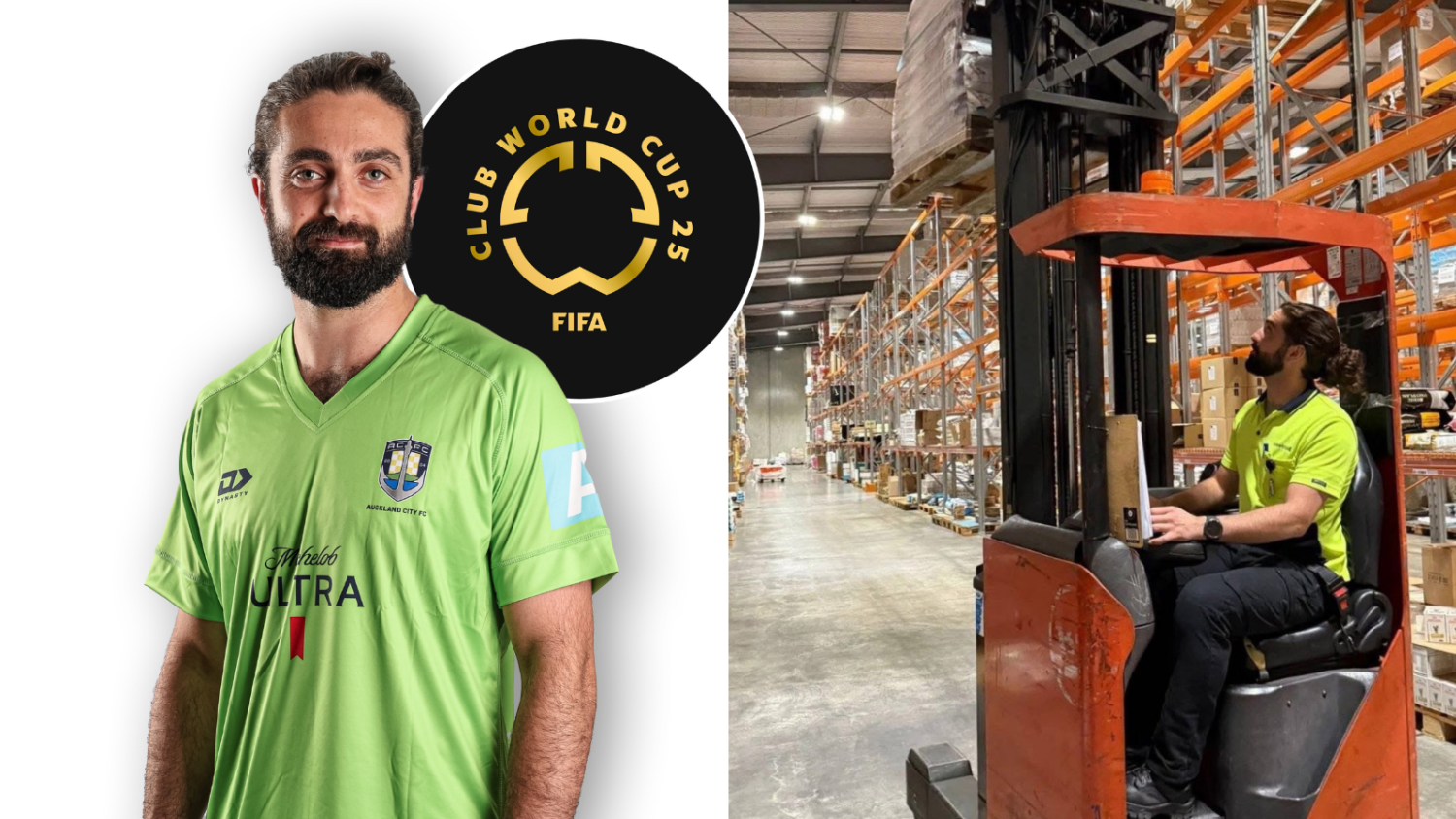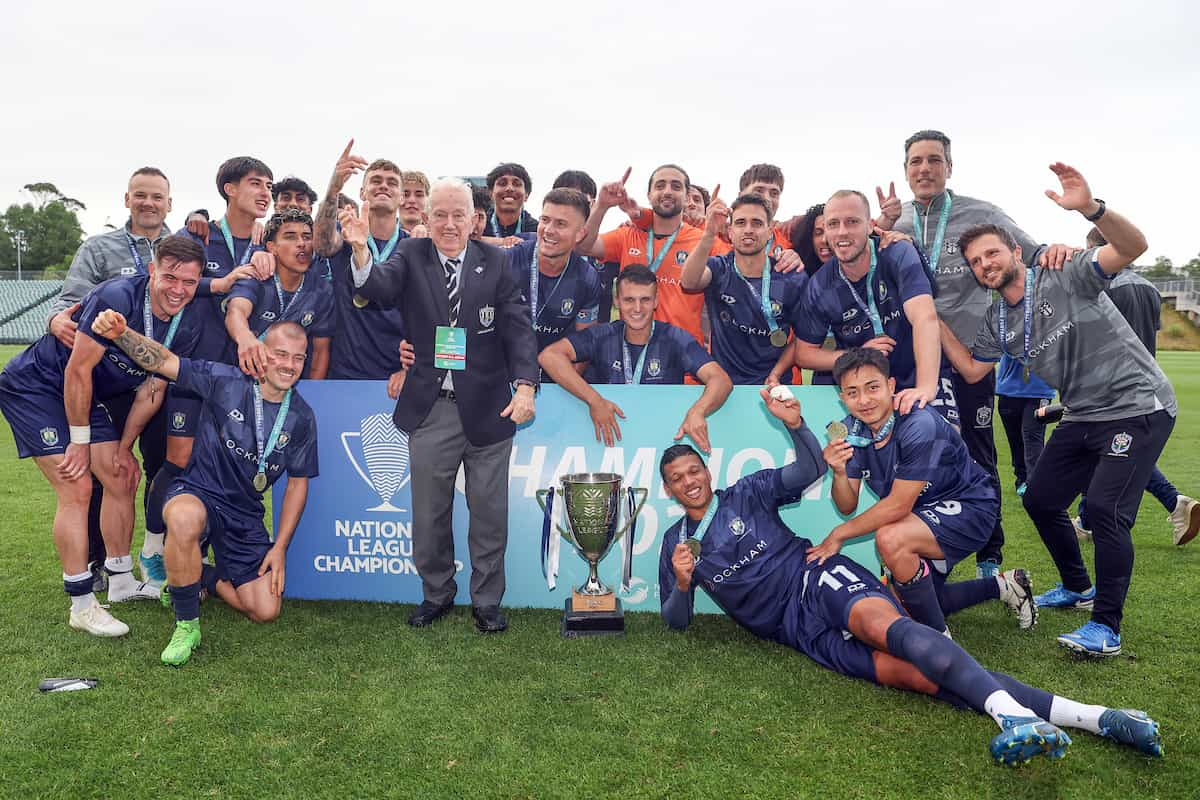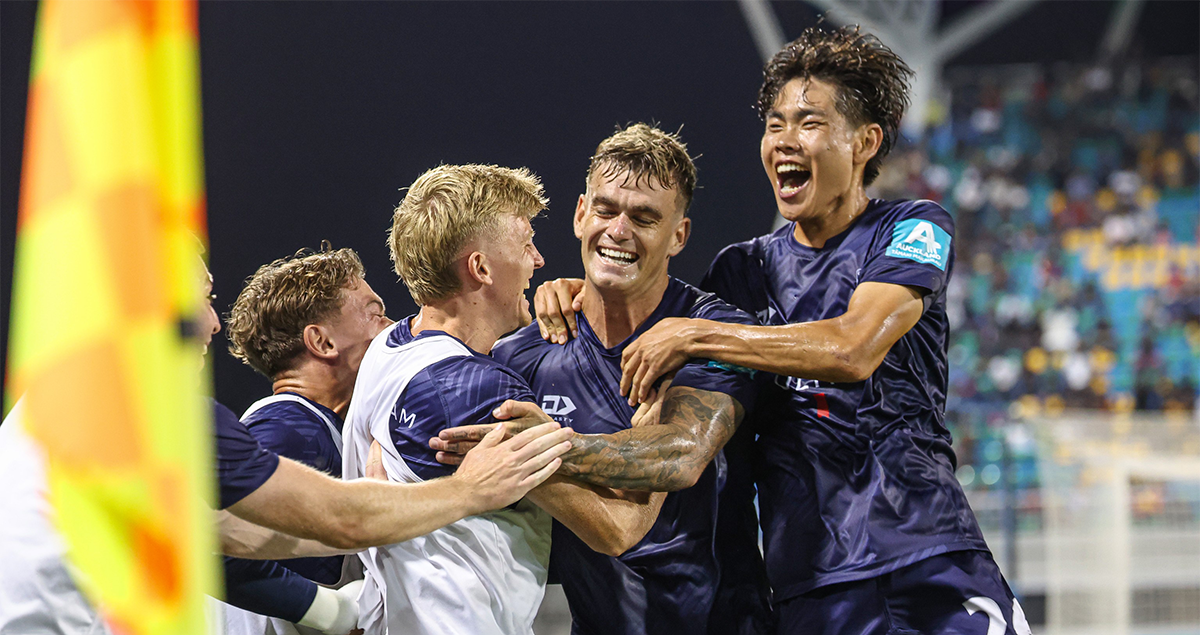
(while your colleague on the night shift stuns Bayern tomorrow)
Opening Whistle: A Billion Scattered Across the Continents
The Club World Cup, which relocates to Saudi Arabia in 2025, has become a veritable oil gusher: the tournament’s prize pool is valued at $1 billion. The money will be divided among 32 participants, yet each confederation’s share and the final standings will decide how heavy every prize suitcase turns out to be. For most top clubs this is merely “pocket change,” but for one side even the smallest slice feels like a lottery windfall.
Auckland City—the very symbol of footballing dreams—has won the OFC Champions League ten times and in 2024 once again flew to the Club World Cup. Along the way it conceded 17 goals in two matches, yet even a scoreless draw against Argentina’s Boca delivered a staggering $4.58 million payout. For a team whose annual budget is $700 thousand, that is like cashing a Nobel Prize cheque.
“Amateur” as a Way of Life: The $89-Per-Week Ceiling
The New Zealand National League is officially amateur. Players may be reimbursed only for kit, insurance, and travel, and the cap on any payment is 150 New Zealand dollars (≈ $89) a week. This strict limit has been in force since 2021 and is locked into the standard agreements that New Zealand Football (NZF) signs with every player.
“High wages encourage poaching and hold back youth development,” explains NZF chief Andrew Pragnell. Break the cap and you automatically become a professional, forfeit your league eligibility, and the club loses the results of all matches you played.
Auckland head coach Paul Posa confirms, “The lads turn up after work or study. Football for them is pure hobby.”
Helmets, Clippers, Ultrasound Probes: What the Oceania Champions Do for a Living
The side hustles inside Auckland City read like an HR catalogue:
- Conor Tracy — forklift operator at a pharmaceutical warehouse;
- Adam Mitchell — asset-management specialist;
- Michael den Heyer — insurance broker;
- Sebastián Ciganda — pool cleaner;
- Gerson Lagos — barber who shapes a fade as deftly as a cross;
- Nathan Lobo — sonographer who examines more than hearts in the box;
- Ryan De Vries — car polisher;
- Mario Ilich and Alfie Rogers — Coca-Cola sales reps.
Most players took ten days of unpaid leave for the tournament. “In spring we had already missed two weeks for the OFC Champions League,” recalls defender Nikko Boxall. “We had to save the remaining vacation days for the trip to Saudi Arabia.”

Financial Chasm: One Week of Kane Equals 43 Years of Auckland’s Budget
For context, Bayern striker Harry Kane’s €20 million annual salary eclipses Auckland City’s entire budget 43 times. Or put differently, in five working days the English star earns as much as NZF is allowed to pay 7,000 New Zealand amateurs in a whole year.
Forward Angus Kilkolly jokes to France24, “I think one week of his wages would clear my mortgage.”
Kiwi-Style Clearing: How to Pay More Without Breaking the Rules
Where strict limits exist, loopholes soon appear. According to Stuff, leading New Zealand clubs have devised several ways to reward their players.
- In-kind barter. The club covers housing rent, car lease, or student loan—technically not salary.
- Second role inside the club. Players sign contracts as youth coaches, GPS analysts, masseurs, or social-media managers. Such income is uncapped.
- Subsidised bonuses. Private sponsorship is masked as “grants for amateur-sport development.”
Under the same scheme at least five player-coaches appear in Auckland’s structure: Jackson Manuel, Gerard Garriga, David Yu, Harris Zeb, and Myer Bevan. Management declines detailed comment, citing confidentiality.
Where’s the Money, Zin? The Saga of Dividing $4.58 Million
By regulation all prize money from international tournaments first lands in the NZF account. The federation then distributes it among league clubs under a “negotiated model.” The last-cycle formula looked like this:
- 50 % — to the participating club;
- 3 % — to each of the other nine clubs;
- the remainder — to the federation.
If unchanged, Auckland City gets $2.29 million. Until 2021 about 40 % of that figure was paid to players and coaches as bonuses. That would now mean roughly $916 thousand, or about $30 thousand per head—six to seven times the annual cap NZF allows.
Yet talks between club and federation over a “fair split” have dragged on for more than a year. NZF’s stance: “The millions should develop the whole league, not just one club’s pockets.”

The Psychology of the Holidaymaker: Why They Play While Risking Their Careers
Goalkeeper Conor Tracy admits, “Every time I mix paid leave with unpaid leave. When I get back, I’ll have to tighten the belt a bit, but playing against Bayern, Benfica, and Boca is worth every cent.”
Realtor-defender Nikko Boxall echoes him: “The big-match atmosphere matters more to us than zeros in a banking app. We still play for the love of the game.”
Ambition is contagious. In 2014 Auckland City claimed third place at the Club World Cup, finishing ahead of Cruz Azul and Atlético Nacional—a moonshot for a semi-pro side.
Budget Under the Magnifying Glass: Where the “Salary” Hides
| Item | Expenses, $ | Share of Budget |
|---|---|---|
| Players and Coaching Staff | 87 540 | 10 % |
| Operational Personnel | 674 720 | 78 % |
| Other | 98 200 | 12 % |
In Europe the numbers are usually flipped: the lion’s share goes to footballers, a modest tail to other staff. That is why NZF keeps a magnifying glass on those “operational” thousands, making sure they do not morph into hidden wages for the front line.
Looking Ahead to 2025: Professionalisation or Status Quo?
With the Club World Cup expanding to 32 teams, pressure on Auckland City will rise. More matches mean bigger revenue. Market logic says: either the club moves toward professional status, or it risks losing its stars to Australian or Asian leagues.
Backstage at NZF a compromise is already being discussed—temporary pro contracts valid for the duration of international tournaments. They would help process visas, insurance, and bonuses without breaching domestic limits.

Final Whistle: Romance Against the Zeros
In an era where nine-figure transfers feel routine, the tale of warehouse workers, barbers, and sonographers battling football giants reads almost like a fairy tale. Their journey reminds us the game still belongs to streets, neighbourhoods, and people willing to spend unpaid leave for ten minutes of global glory.
The $4.58 million Auckland City earned in December heat will alter the club’s books but is unlikely to make the players abandon their day jobs. As a veteran midfielder once said, “We don’t sell the dream—we live it.” While Bayern’s bean-counters fret over FFP, a guy in forklift overalls is chest-trapping a cross from the flank.
This kind of football does not fit into Excel spreadsheets, yet it reminds us the sport still belongs to the streets and that even ten minutes of fame on unpaid leave are worth everything.





